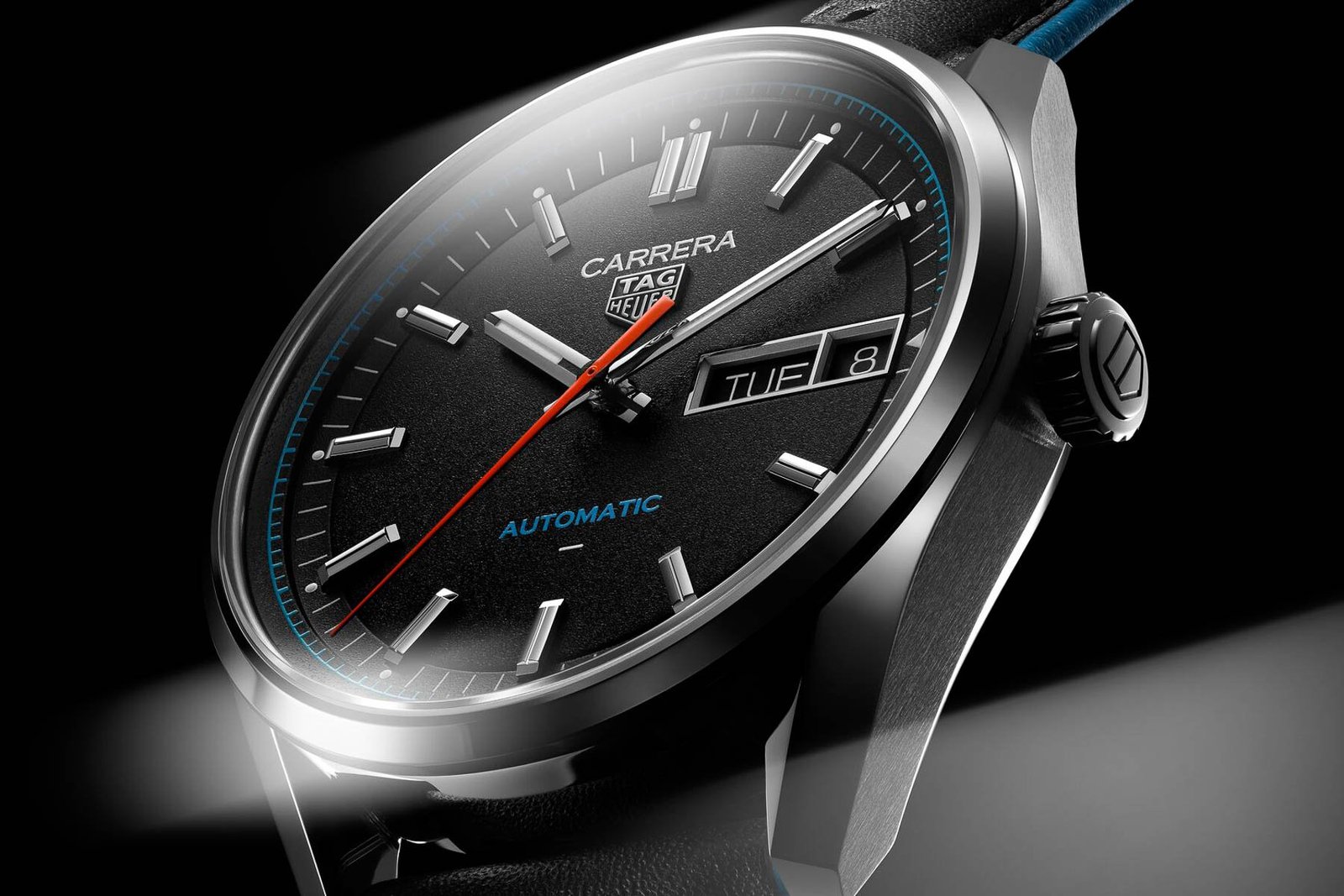TAG Heuer is owned by the largest luxury group in the world, LVMH, which allows the company to spend wildly on marketing activations.
These activations are best described as huge branded parties and typically ensure favorable coverage for TAG Heuer, whether from retailers, non-retail media, or influencers — and there’s often an obligation (implied or contractual) to say only positive things.
LVMH also owns Dom Perignon, Veuve Clicquot, Ruinart, Moet & Chandon, and Hennessy, and the booze-infused marketing activations tend to be the most over-the-top events in the industry. I’m sure you can use your imagination to guess what alcohol brands are served.
For watch lovers, this may result in purely favorable coverage by say a sanctimonious LA-based blog about watches or an Ohio-based media retailer that publishes so often it’s nauseating. Positive “coverage” (or high views) does not automatically equate to a watch being well-designed (or strong sales), especially when it’s coming from such sources.
Case in point: TAG Heuer’s new mechanical F1 collection, offered in a bulky 43 mm titanium case for over $5,000, is subjectively unappealing. We’ve spoken off-record with numerous people (with good taste), and the consensus is the same: big, unattractive, overpriced.
Yet, I’m sure you’ll find breathless coverage of the new mechanical Formula 1 collection in many places. Said coverage will almost certainly leave out the fact that the watches will probably be on sale for half off six months from now when the line is discontinued and the next great thing arrives (yes, I’m exaggerating, but not really).
TAG Heuer is a historic watch brand with so much potential. However, the company’s party-style marketing seems better suited to a more ostentatious watch brand like Hublot. As a result, TAG Heuer’s marketing often falls flat. Not to mention, the once-storied brand has been plagued with an inconsistent watch design language for years, which erodes brand value. One of my favorite anecdotal lines is: “The best marketing is making good products.”
Seemingly from another planet than its Formula 1 watches, TAG Heuer’s new 2025 Carrera Day-Date collection is offered in a 41 mm stainless steel case that looks sporty and attractive with a needle-shaped instrument-style central seconds hand, faceted hour and minute hands, and faceted applied indices. The three best options appear to be the black-grained dial paired with a black calfskin perforated leather strap, the blue sunburst dial on a stainless steel bracelet, and the red smoky dial on a stainless steel bracelet. The model with a shiny black dial, and gold indices/hands, on a stainless steel bracelet, is nice too. Avoid the highly marked-up two-tone gold model, unless two-tone is your thing and you’re willing to pay a premium of more than double the base price.
The Carrera Day-Date is equipped with TAG Heuer’s automatic, 4Hz, 30-jewel, in-house caliber TH31-02 movement featuring an above-average 80-hour maximum power reserve, and adorned with vertical stripes on the bridges, and a skeletonized oscillating weight. You’re getting a relatively fair deal that starts at $4,000 on a strap (Ref. WDA2110.FC6614). For a stainless steel bracelet, the price is $4,200 (Ref. WDA2112.BA0043 or WDA2113.BA0043). For the model with a stainless steel bracelet and gold hands and indices, the retail price is $4,400 (Ref. WDA2111.BA0043).
Learn more at TAG Heuer.
Photos by TAG Heuer.









